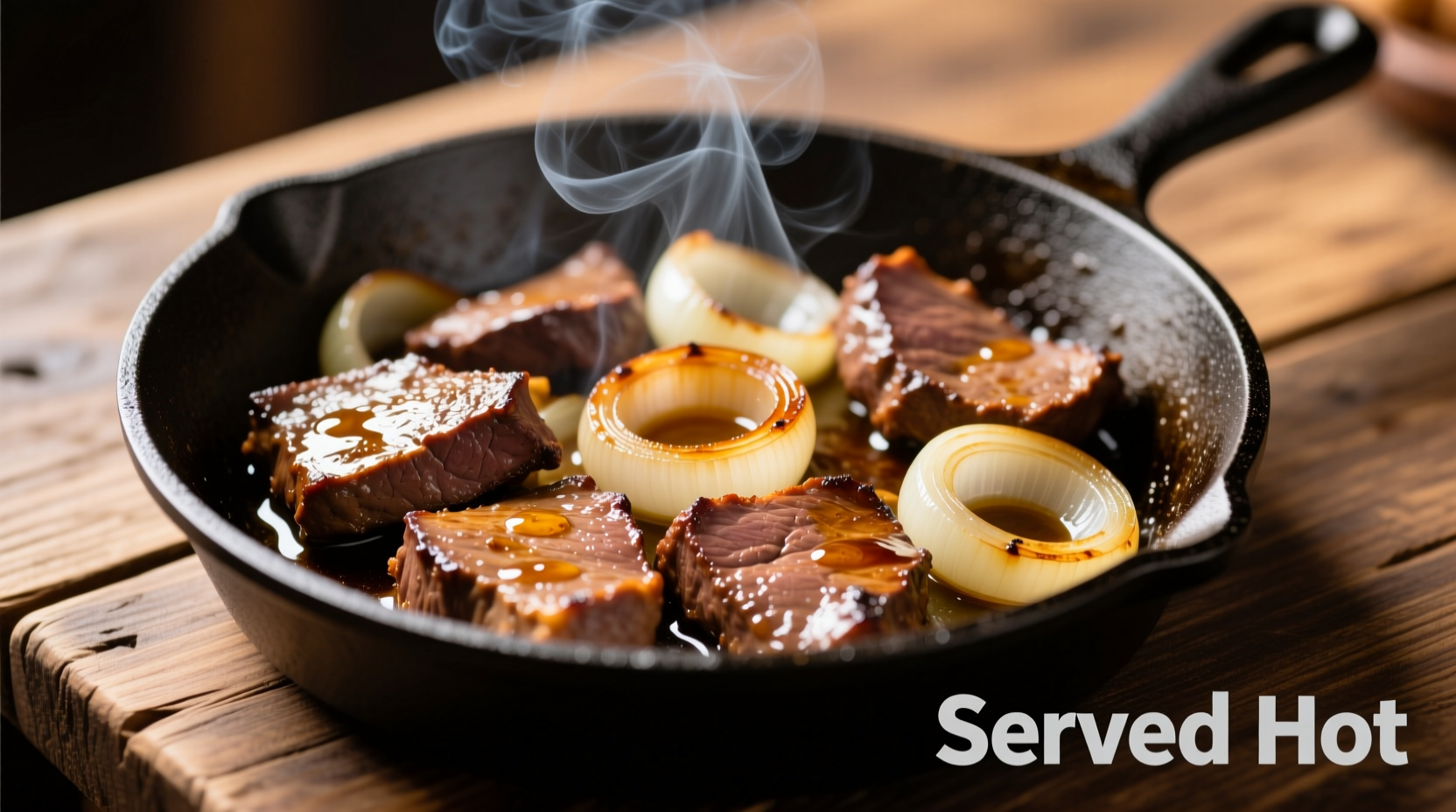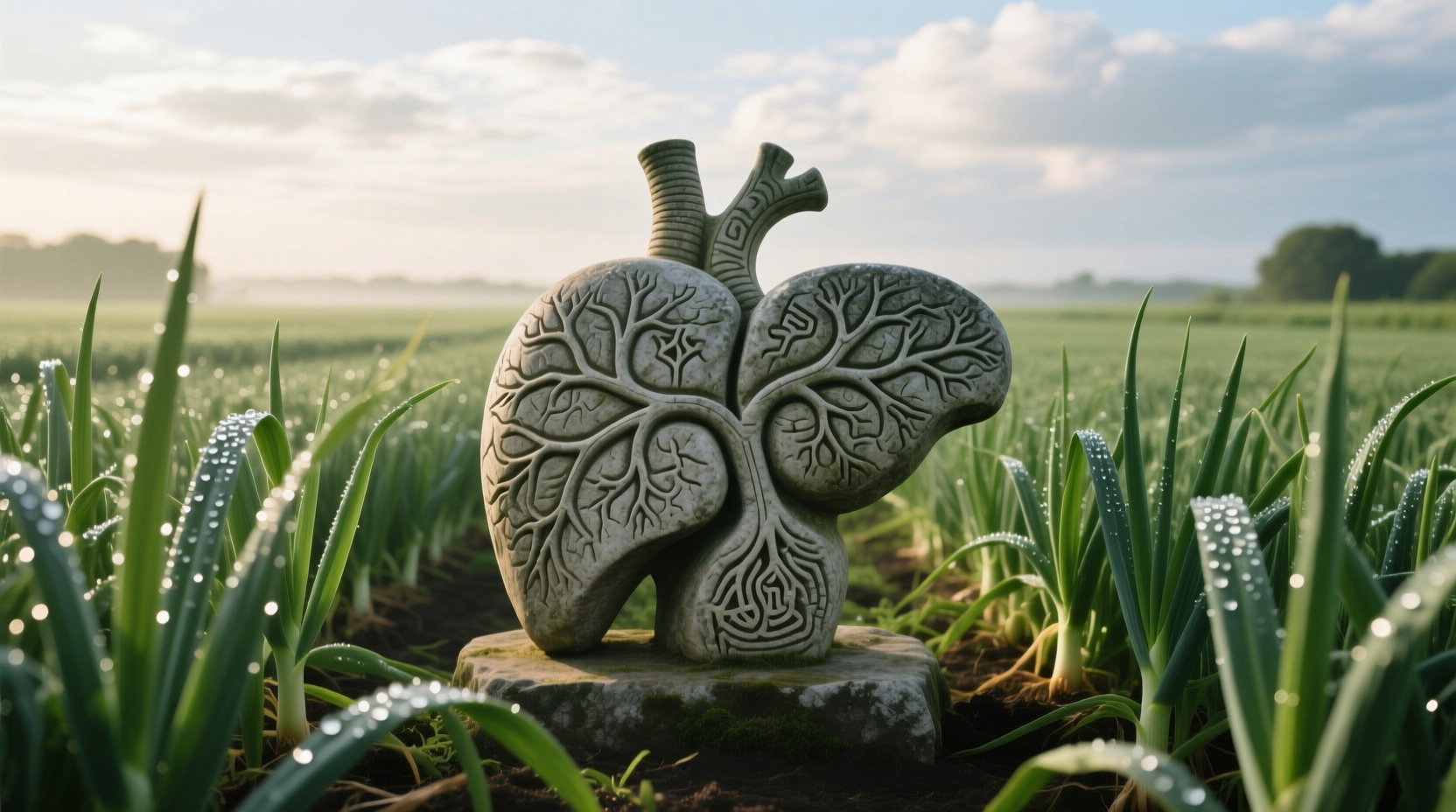The Science Behind This Classic Culinary Pairing
For centuries, cooks across Europe and North America have paired liver with onions, but few understand why this combination works so well. The secret lies in basic food chemistry: onions contain natural sugars that caramelize when cooked, creating compounds that counteract the iron-rich, slightly metallic taste of liver. This chemical interaction transforms what many consider an acquired taste into a universally appealing dish.

Understanding Liver Varieties: A Practical Comparison
Not all liver is created equal. Choosing the right type makes a dramatic difference in your final dish. Here's a comparison of common liver varieties:
| Liver Type | Flavor Profile | Cooking Time | Best Cooking Method |
|---|---|---|---|
| Calf Liver | Mildest, most delicate | 2-3 minutes per side | Pan-seared with butter |
| Chicken Liver | Slightly stronger, earthy | 1.5-2 minutes per side | Quick sauté with herbs |
| Pork Liver | Bolder, more pronounced | 3-4 minutes per side | Slow-cooked with acidic elements |
| Beef Liver | Strongest, mineral-rich | 3-5 minutes per side | Soaked first, then pan-fried |
Mastering the Perfect Liver and Onions: A Step-by-Step Guide
Preparation Essentials
Before you begin cooking, proper preparation determines success:
- Soaking technique: For stronger livers (beef, pork), soak in buttermilk or milk for 30-60 minutes to neutralize strong flavors
- Thickness matters: Slice liver no thicker than 1/2 inch for even cooking
- Onion selection: Yellow onions provide the best balance of sweetness and pungency for this dish
The Cooking Process: Timing is Everything
Follow this sequence for optimal results:
- Cook onions first over medium-low heat for 20-25 minutes until deeply caramelized
- Remove onions from pan and set aside
- Pat liver dry and season with salt and pepper just before cooking
- Heat oil in same pan until shimmering (medium-high heat)
- Cook liver 2-3 minutes per side (don't overcrowd the pan)
- Return onions to pan with liver for final 30 seconds
Historical Evolution of Liver and Onions
This humble dish has evolved significantly throughout culinary history:
- Early 19th century: Liver considered peasant food, often boiled with minimal seasoning
- 1920s-1940s: Became popular in American diners as an affordable protein source during economic hardship
- Post-WWII: Declined in popularity as organ meats fell out of fashion
- 2010s-present: Resurgence as chefs rediscover nose-to-tail cooking and sustainable eating practices
Common Mistakes That Ruin Liver and Onions
Avoid these pitfalls that turn potential perfection into disappointment:
- Overcooking: Liver becomes tough and grainy beyond medium-rare
- Adding salt too early: Causes liver to release moisture and steam rather than sear
- Using high heat throughout: Burns onions before they properly caramelize
- Skipping the resting period: Cutting too soon releases precious juices
When Liver and Onions Works Best: Context Boundaries
This dish shines in specific culinary contexts but falls short in others. Understanding these boundaries helps you serve it appropriately:
- Ideal for: Casual family dinners, budget-friendly meals, traditional breakfasts in many European cultures
- Less suitable for: Formal dinner parties with unfamiliar guests, children's meals without gradual introduction
- Best paired with: Mashed potatoes, crusty bread, or simple green salad
- Avoid pairing with: Delicate fish dishes or light summer salads
Modern Interpretations of a Classic
Chefs worldwide are reinventing this traditional dish while respecting its fundamental principles:
- French bistro style: Finished with cognac and fresh thyme
- American diner classic: Served with bacon and apple slices
- Mediterranean twist: Accompanied by lemon and capers
- Contemporary approach: Seared calf liver with balsamic onion reduction
Practical Tips for Liver Success
Implement these professional techniques for consistently delicious results:
- Temperature check: Use an instant-read thermometer—remove liver at 130-135°F (54-57°C) for perfect medium-rare
- Resting time: Let liver rest 3-5 minutes before serving to redistribute juices
- Acid balance: A splash of vinegar or lemon juice at the end brightens rich flavors
- Batch cooking: Cook in small batches to maintain proper pan temperature
Why This Dish Deserves a Place in Your Cooking Repertoire
Beyond its nostalgic appeal, liver and onions offers remarkable nutritional benefits. Liver ranks among nature's most nutrient-dense foods, providing exceptional amounts of vitamin A, B vitamins, iron, and copper. When prepared with attention to technique, this affordable ingredient transforms into a restaurant-quality meal that connects us to culinary traditions spanning generations.











 浙公网安备
33010002000092号
浙公网安备
33010002000092号 浙B2-20120091-4
浙B2-20120091-4